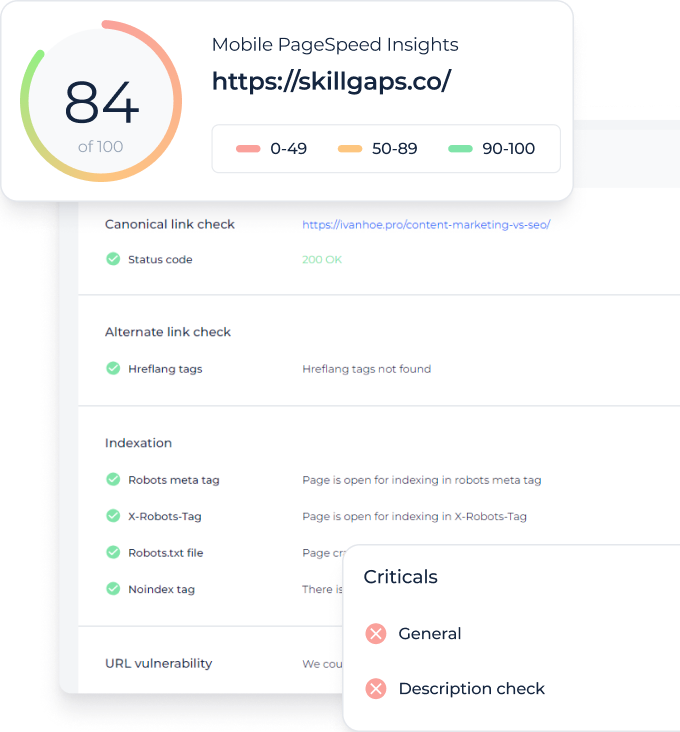What is a Website Directory Scanner?
The Free Website Directory Scanner provided by Sitechecker is a tool designed for scanning site directories and sensitive files. This process is crucial for detecting confidential or hidden directories on a website. It can scan online directory listings and find files such as PHP, Robots.txt, and other sensitive information.
Benefits you get from using the Website Directory Scanner Online
Accurate Detection of Website Hierarchy: The scanner crawls the web server and offers a compartmentalized view of a site’s hierarchy, segmenting the site into manageable sections to enhance directory oversight.
Detection of Deficiencies Across Directories: Subdirectory Finder allows users to discover a specified directory on the site and identify and address specific shortcomings within different directories.
Tailored Inspection: Users can customize their analysis with a full range of filters and settings, providing a detailed examination of the site’s structural elements that align with their SEO objectives.
Key features of the Website Directory Finder
- Unified Dashboard: Offers a comprehensive view of SEO metrics like traffic, keywords, and backlinks, using data from Google Search Console and Google Analytics for detailed insights.
- User-Friendly Interface: Designed for ease of use, allowing smooth navigation and interpretation of website metrics, it is suitable for users of all technical levels.
- Complete SEO Toolset: Includes a variety of tools, such as Website Crawler, Site Monitoring, Rank Tracker, and more, for detailed SEO analysis and optimization, integrating data from various sources for a holistic view of SEO performance.
How to Use Online Directory Scanner Effectively?
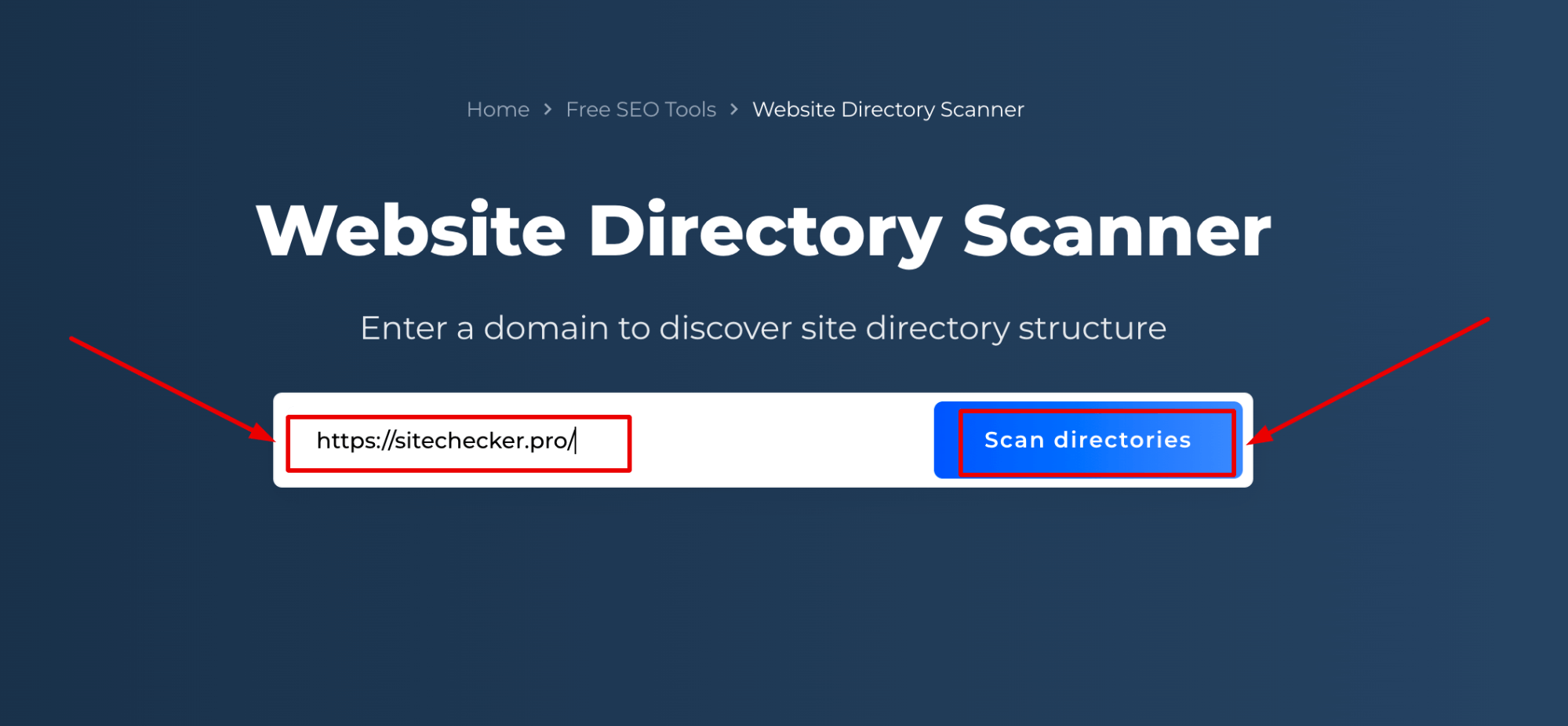
The Site Audit provides a comprehensive interface for assessing site SEO, featuring quick-access domain info, a dashboard for SEO metrics, an issue tracker for SEO problems, categorized issue menus for prioritization, and interactive elements for in-depth analysis and reporting. Click the “View all pages” button to display a screen that lists all the folders and subfolders of your site.
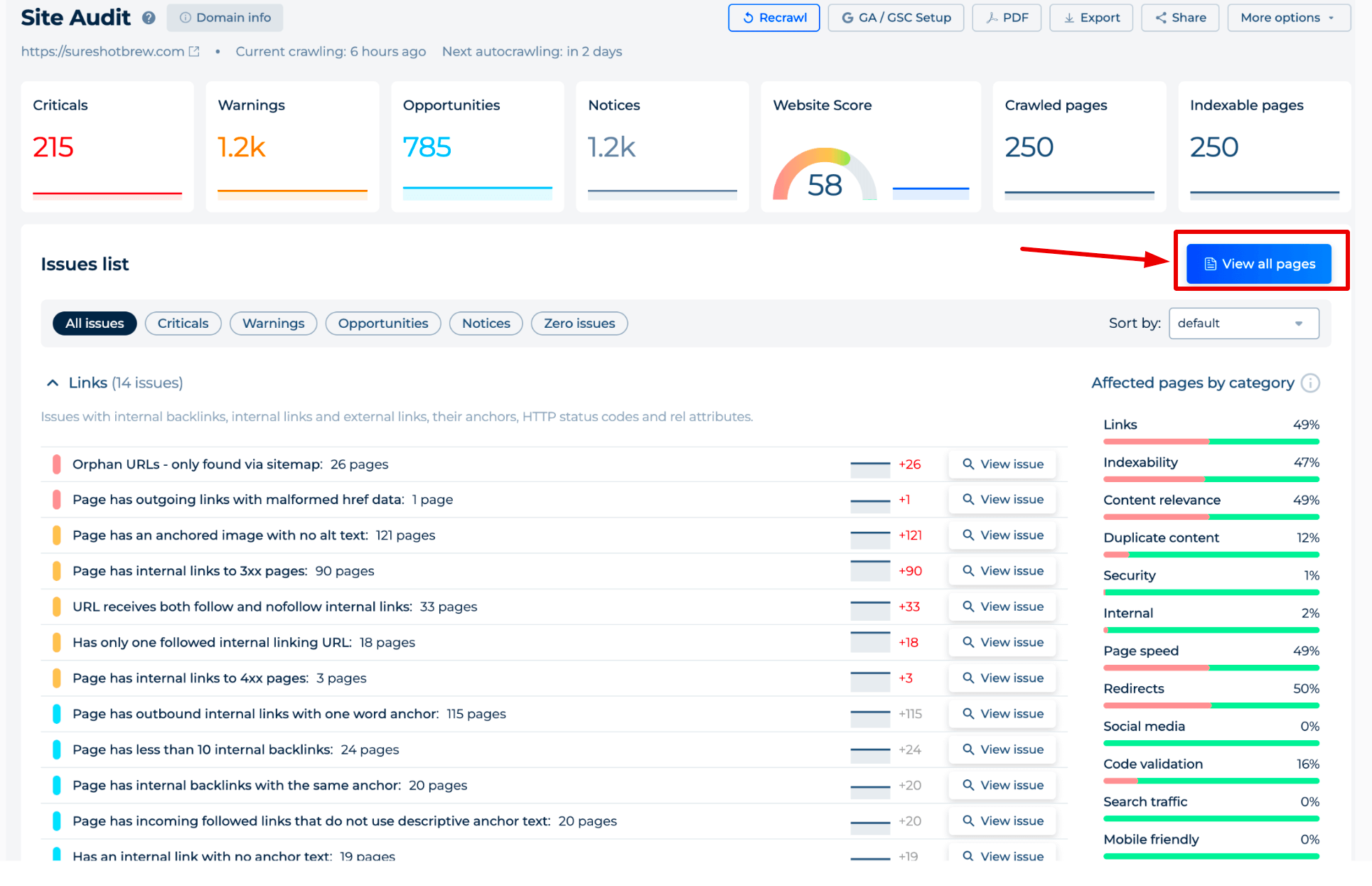
Website Hidden Page Finder is designed for ease of use, allowing both SEO experts and newbies to efficiently assess and improve their website’s search engine ranking potential.
The URL Directory Scanner presents a streamlined interface for analyzing a site’s folder structure:
- It showcases a folder-focused analysis, with an emphasis on the ‘Pages by Folders’ tab which categorizes web pages based on their subfolder paths, helping to organize large files and prioritize SEO efforts.
- This tab offers an at-a-glance view of the site’s architecture, sorting pages into folders such as ‘/shop/’ or ‘/cart/’, and allowing users to identify and sort issues by their severity or type, thus emphasizing the tool’s capability to dissect and display site structure for optimization purposes.
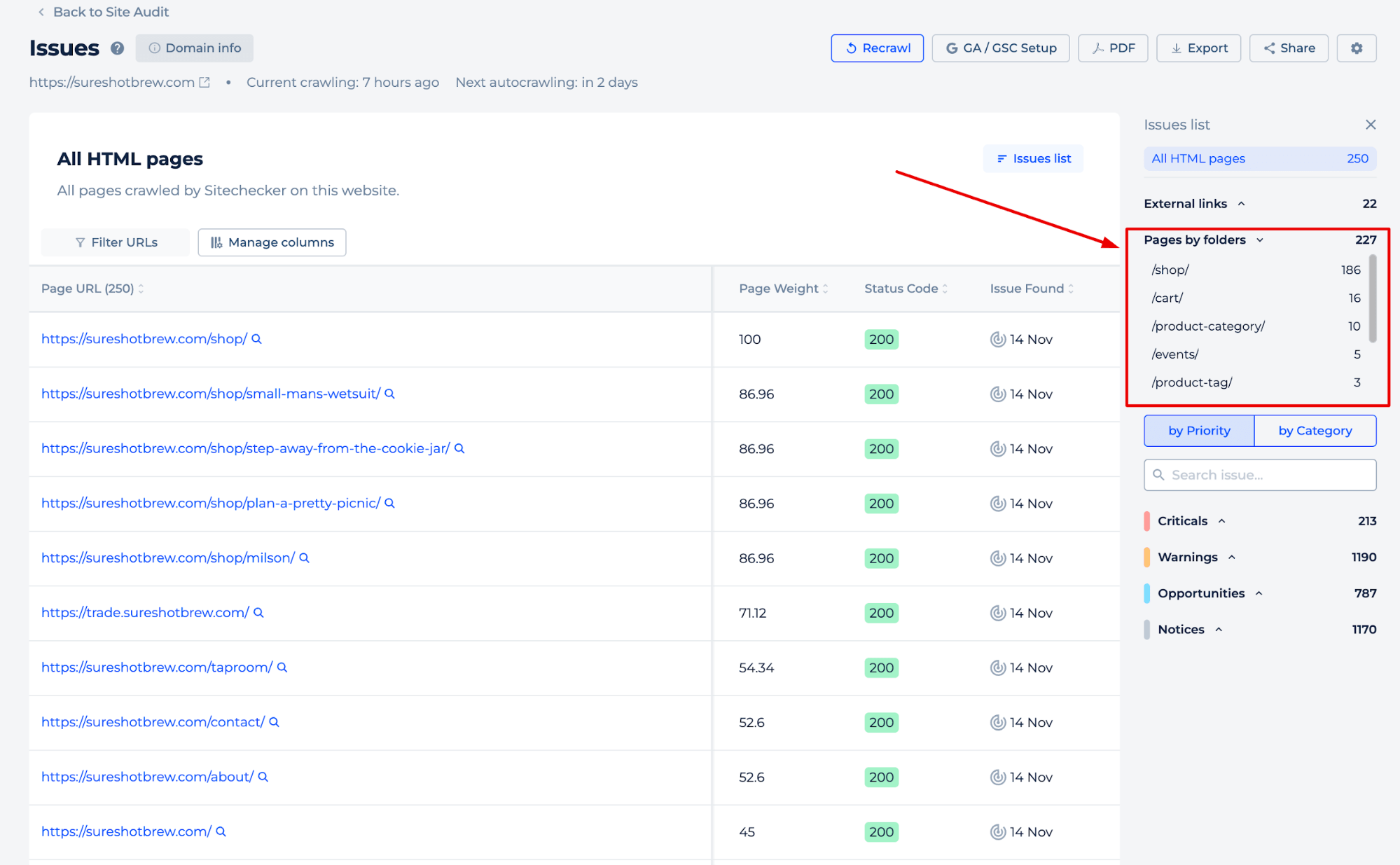
The Website Subfolder Finder enhances SEO management by scanning website folder structure, sorting folder listings into separate directories, and optionally facilitating targeted website section analysis.
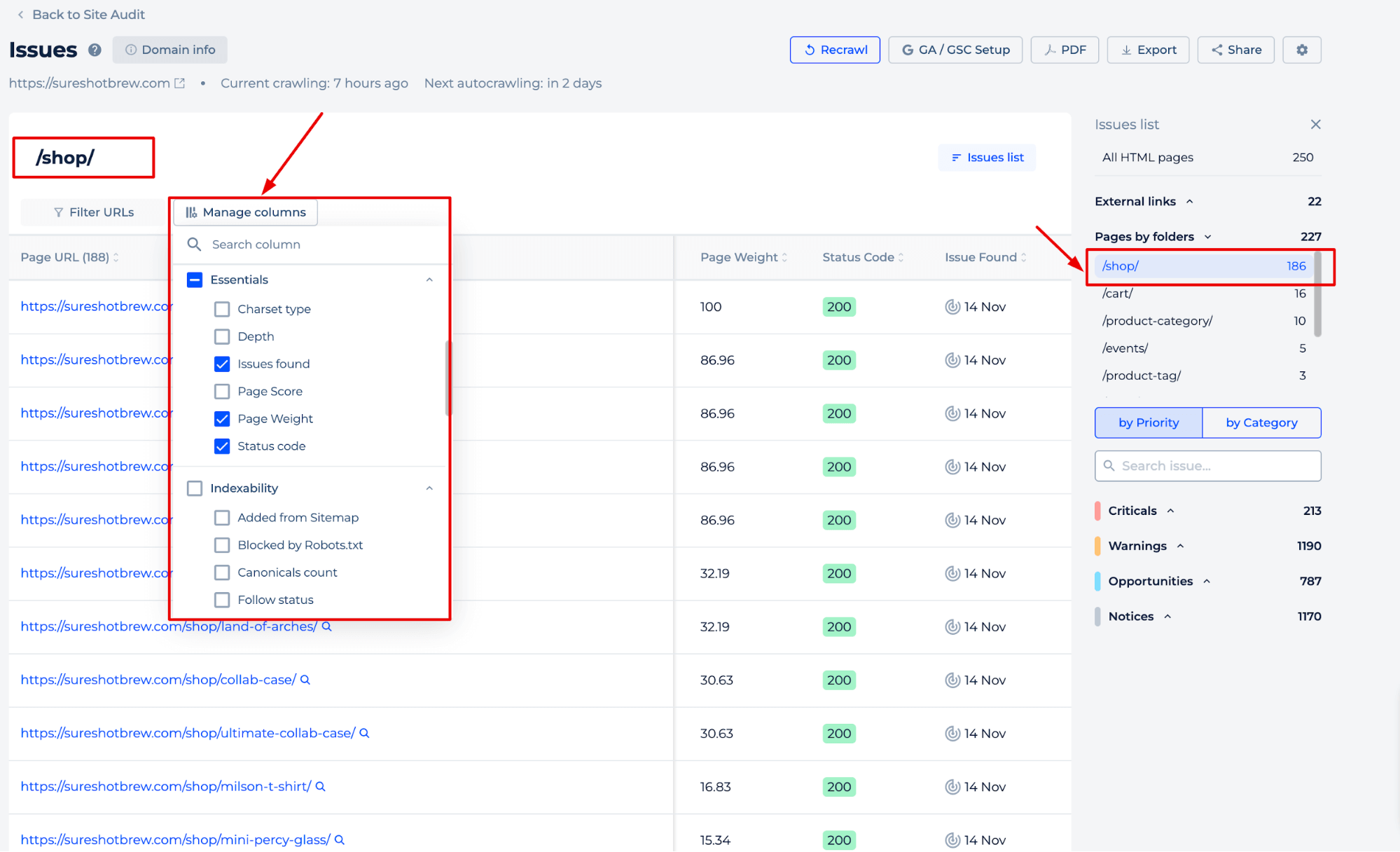
Additionally, the Website Folder Scanner details page metrics and issues while offering customization options for data display. This feature is crucial for effective website file structure, project organization, and SEO optimization.
Final idea
The Directory Finder Online tool by Sitechecker is essential for in-depth site structure analysis and SEO optimization. It excels at revealing both visible and hidden site directories, allowing for a granular view of a site’s architecture. With features like accurate hierarchy detection, folder-specific SEO improvements, and customizable inspections, it caters to both experts and novices in enhancing site SEO. The user-friendly interface of the Website Directory Viewer, combined with a comprehensive set of SEO tools, makes it a valuable asset for effective site management and optimization.







